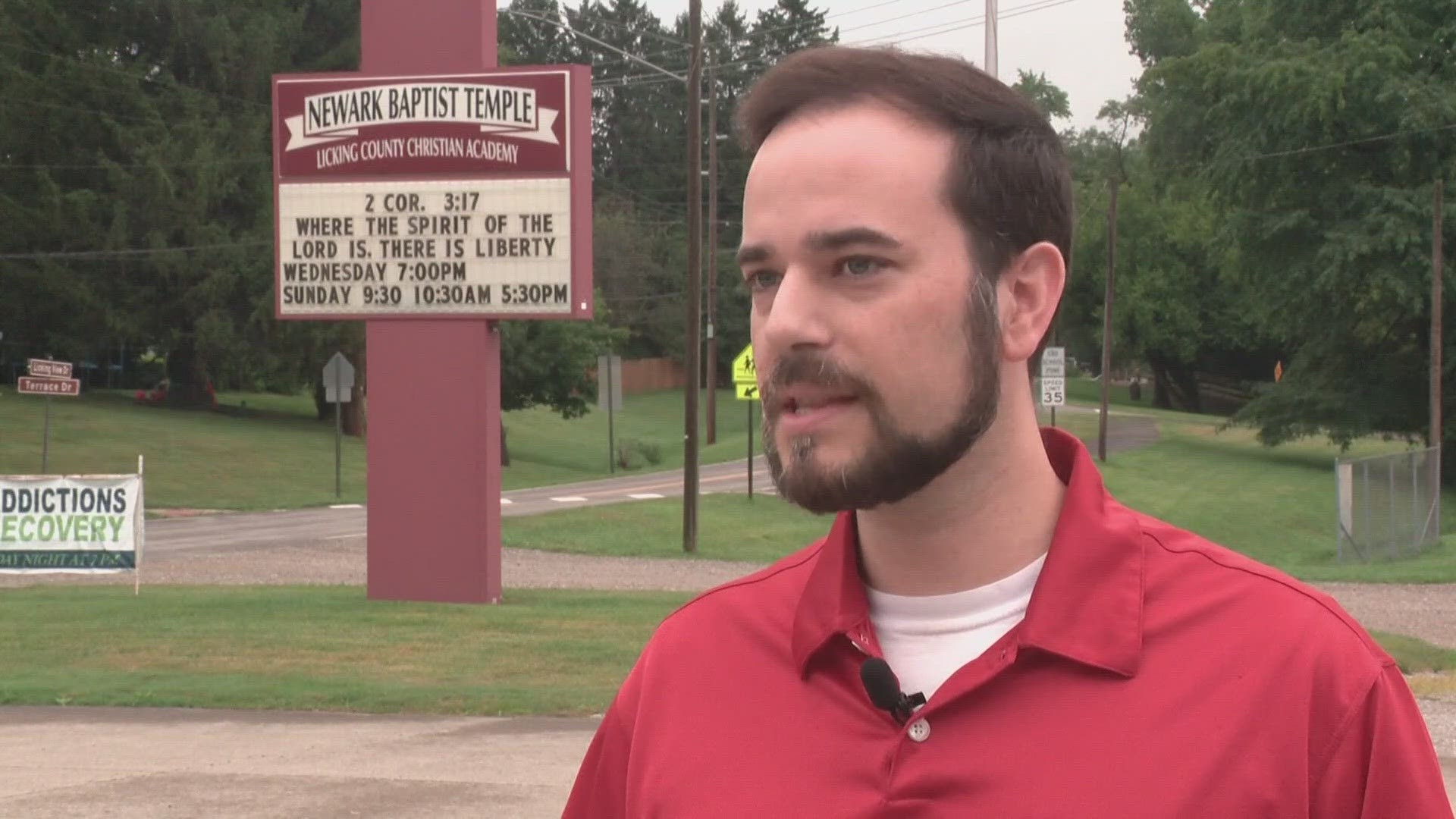LICKING COUNTY, Ohio — In September 2022, House Bill 99 went into effect which grants local boards of education authority to decide whether to allow their teachers and school workers to carry firearms.
The state says 41 school districts have requested training. Ten school districts have completed the training through the state.
HB 99 created the Ohio School Safety and Crisis Center within the Department of Public Safety and school districts who want their staff to be armed must submit their training plans for approval after their school board approves the request to arm staff.
“Schools have to apply to us to use an alternative training provider. We work with them to make sure they meet the statutory requirements for the 24 hour and the 8 Hour roster from the school,” says Emily Torok, executive director of the Ohio School Safety Center.
Under the bill, schools can hire their own firearm instructors or use the ones provided by the state. If the school uses experts other than from the state the state must approve the curriculum before a district can hire them. The cost to a school district for training outside the state can range between $500 to more than $1,000.
Critics of the bill argue it fails to provide adequate training.
Instead of more than 700 hours of training that's currently required, under the new law, school staff who want to be armed would get training that "shall not exceed" 24 hours HB 99 states.
Many of the schools who requested training are in rural parts of the state. Among them, Licking County Christian Academy in Heath.
"I am fully prepared, physically and mentally, if someone comes in there with a gun and it's pointed out...definitely, 100%," said Joshua Lynn, school administrator for Licking Valley Christian Academy.
With a student population of 60, he says the school doesn’t have a budget to hire a school resource officer, and says the more armed teachers in school, the less it has to rely on local law enforcement to arrive in time to stop an active shooter.
“Our school can’t afford a school resource officer like other schools, so for us the only thing we can do is to arm staff,” he says.
Lynn says the decision to go forward with training came after watching what happened during a school shooting in Nashville back in March.
“The shooting in Nashville at Covenant School had a lot of parallels with our school being a small Christian school. It was very sobering,” he says.
In the Nashville shooting, a former student killed three 9‑year‑old children and three adults before being shot and killed by police.
Both the Ohio Federation of Teachers and Ohio Education Association had urged DeWine to veto HB 99, saying it is "dangerous and irresponsible" to put more guns in schools in the hands of people who aren't adequately trained.
“You introduce more guns in the schools who are minimally trained, who don't have this as their primary responsibility, you increase the odds of accidental shootings,” says Scott DiMauro, President of OEA. “Requiring 24-hours of training is completely inadequate it is out of line of what other states do."
He argues, instead of arming teachers in schools, they should be partnering with law enforcement in addition to creating a nurturing environment in the classroom.
According to a Rand Corporation survey in June of this year, one in five teachers said they would be interested in carrying a gun to school, while 20% believe teachers carrying a gun would make schools safer. However, 54% believe armed teachers would make schools less safe, and 26% feel either way, it would not make a difference.
As for Joshua Lynn, he says so far, parents and students like the idea his school is protected by armed staff.
“Families like it. It’s the best way to protect students in a school to have armed personnel at the school,” he says.
You can read more about arming school staff here.

